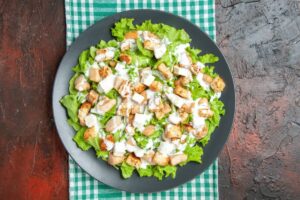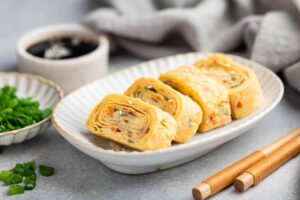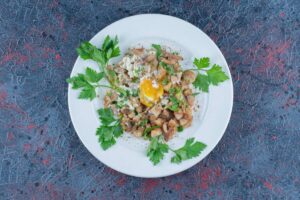The Food & Recipes Blog
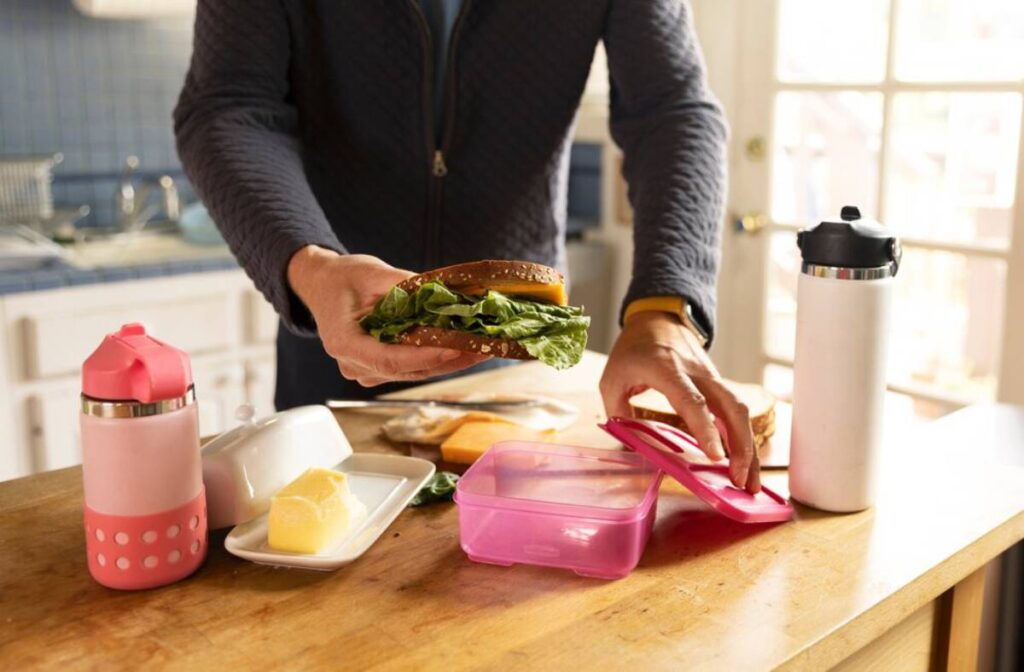
How to Turn Leftovers into a New 15-Minute Meal
Leftovers aren’t just reheats—they’re the backbone of kitchen creativity. With a little vision and structure, last night’s meal can transform into something new, flavourful, and fresh in 15 minutes or less.
Our team has explored how thoughtful meal reuse not only saves time and money but also helps reduce food waste and supports fast, healthy dinners that don’t feel repetitive. Instead of viewing leftovers as a second-rate option, this guide will show you how to repurpose them into something that feels just as exciting as a brand-new dish, without spending your whole evening cooking.
This is your go-to strategy for turning half a roast chicken, a spoonful of veg, or a bowl of rice into something delicious and satisfying in record time.
Pro Tip:
Reframe how you think about leftovers. They’re not just the remains of yesterday’s meal—they’re your shortcut to culinary reinvention.
Quick Guide: Turning Leftovers Into New Meals
- Use a formula: Protein + Grain or Base + Fresh Elements + Sauce or Flavour Boost.
- Keep versatile pantry and freezer staples stocked to support quick transformations.
- Add contrast in texture or temperature to make meals feel fresh and deliberate.
Important:
Not all leftovers age equally. Aim to repurpose within 2–3 days, and always reheat thoroughly to avoid safety risks.
Step-by-Step Guide to Turning Leftovers into a 15-Minute Meal
Step 1: Take Inventory and Categorise What You Have
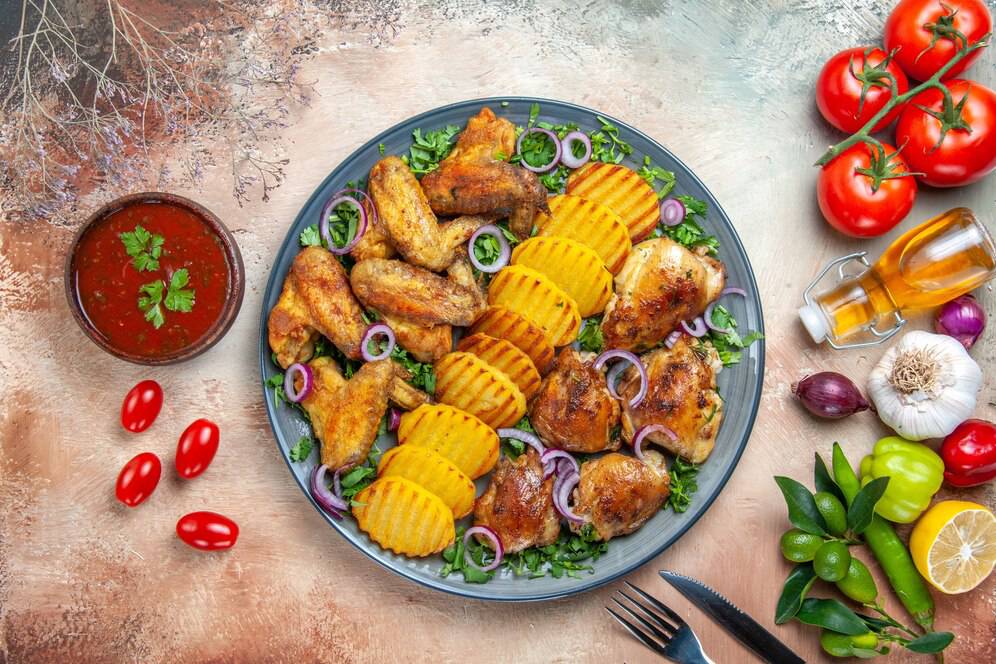
Begin by taking a quick mental (or physical) stock of what’s already in your fridge or freezer. Group items into categories so you can start to piece together a meal:
- Proteins: Grilled chicken, roast veg sausages, chickpeas, lentil stew, tofu
- Carbs or Base: Cooked rice, quinoa, roasted potatoes, cooked pasta, wraps
- Veg: Roasted carrots, sautéed greens, steamed broccoli, salad mix
- Toppings & Extras: Chutney, feta, shredded cheese, hummus, herbs
- Sauces & Dressings: Tahini, pesto, salsa, leftover gravy, soy-based sauces
By identifying your available components, you’ll have a better idea of what dish formats you can build quickly.
Step 2: Choose a New Meal Format
Transforming leftovers into something new often means changing the format of the original meal.
Quick Format Transformations:
- Bowls: Layer warm grains or pulses with protein, vegetables, a fresh topping, and a drizzle of sauce.
- Wraps or Flatbreads: Fill with reheated protein and veg, then add something creamy or crunchy.
- Frittatas: Use up roasted veg, cheese, and meat in a baked or pan-cooked egg dish.
- Stir-Fries: Toss your cooked grains and vegetables in a hot pan with ginger, garlic, and soy sauce.
- Soups: Blitz leftovers into a blended soup, or add broth to turn last night’s stew into a new meal.
- Pasta Bakes: Layer cooked pasta with leftover meat or veg, top with cheese or sauce, and grill or bake quickly.
Tip: Change the cuisine style from the original. For example, leftover roast chicken can become a Mexican taco filling or an Asian noodle bowl.
Step 3: Add a Fresh Element for Balance
Freshness is key to making leftovers feel vibrant. A handful of uncooked ingredients adds texture, colour, and a nutritional boost.
Additions to Keep on Hand:
- Raw veg: Carrot ribbons, shredded cabbage, cherry tomatoes, baby spinach
- Herbs: Coriander, parsley, mint, basil (even a small sprinkle makes a difference)
- Fruit: Diced apple, orange segments, pomegranate seeds (especially for salads or grain bowls)
- Crunch: Toasted seeds, crushed nuts, crispy onions, wholegrain croutons
Adding a fresh element offsets the softness or richness of pre-cooked food and brings new life to the plate.
Step 4: Layer in Flavour with Sauce or Seasoning
A flavour booster is often what turns leftovers into a proper dish. Think about texture and contrast: a creamy sauce on crisp veg, a tangy vinaigrette to cut through richness, or a hot sauce to liven up a milder base.
Easy Finishing Touches:
- Hummus or Greek yoghurt with lemon and herbs
- Homemade vinaigrettes using mustard, balsamic, or citrus
- Tahini blended with water, garlic, and salt for a quick drizzle
- Jarred sauces (pesto, curry paste, or satay)
- Condiments like chutney, relish, or pickled onions
Tip: Don’t underestimate the power of seasoning—salt, pepper, and a squeeze of lemon can completely revive a meal.
Step 5: Reheat Carefully, or Don’t Reheat at All
Think about which components need reheating—and which don’t. Avoid reheating everything for the sake of it.
Reheat Tips:
- Grains: Add a splash of water and reheat covered to maintain moisture
- Protein: Reheat slowly on the hob to avoid drying out
- Veg: Pan-fry to add crispness, or leave chilled if already cooked and firm
- Avoid microwaving fresh greens: They wilt and lose structure
Alternatively, keep part of the dish cold (e.g. a grain salad or protein) and serve alongside something hot (like grilled flatbread or sautéed veg).
Step 6: Assemble and Plate With Intention
Even the best combinations can feel uninspired if they look like a jumbled container meal. Take a minute to plate thoughtfully.
Plating Tips:
- Use contrasting colours and textures side by side
- Garnish with a sprinkle of herbs, sesame seeds, or feta
- Add a wedge of lemon, a drizzle of sauce, or a dollop of something creamy
- Serve in a shallow bowl or wide plate to spread the visual impact
You’re more likely to enjoy and appreciate a meal that looks inviting, even if it started as last night’s leftovers.
Leftover Remix Ideas to Inspire You
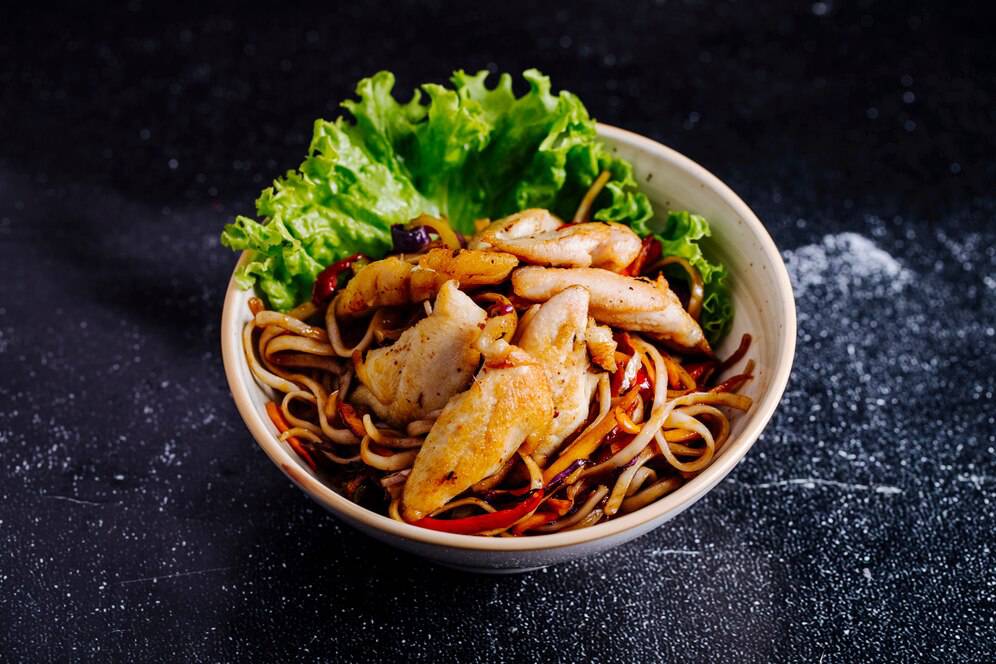
- Asian Noodle Stir-Fry: Cold noodles + cooked chicken + frozen veg + tamari + sesame seeds
- Mexican-Inspired Bowl: Leftover rice + black beans + sautéed peppers + salsa + avocado
- Pita Pockets: Shredded beef + chopped lettuce + hummus + tomato + pickled onion
- Speedy Soup: Leftover veg + cooked lentils + garlic + stock + blitz and simmer
- Brunch Wrap: Scrambled eggs + roasted sweet potato + spinach + tahini + wrap
- Baked Pasta Cups: Pasta + meat sauce + cheese pressed into a muffin tin and grilled
By rotating ingredients and formats, you can keep meals fresh, balanced, and exciting—even if they’re rooted in the same few leftovers.
Pantry & Fridge Essentials for Smart Meal Reuse
To make leftovers more flexible, stock your kitchen with:
- Tinned tomatoes, beans, and lentils
- Grains like couscous, bulgur, or rice
- Tortillas, wraps, and flatbreads
- Jarred sauces (pesto, salsa, tahini)
- Frozen vegetables and herbs
- Eggs and cheese for binding and topping
These make any leftover stretch further and give you options when you’re low on time or inspiration.
Frequently Asked Questions (FAQs)

1. How do I store leftovers to make them easier to reuse?
Store components separately when possible (grains, proteins, sauces) in airtight containers. Label with the date and eat within 3 days.
2. What’s the best way to revive dry or bland leftovers?
Add moisture with a sauce or broth, season with citrus and fresh herbs, and serve with something crunchy or fresh.
3. Can I combine different types of leftovers into one dish?
Absolutely—just aim for balance in flavour and texture. Roast veg and grains go well together; just avoid clashing sauces or overly salty combinations.
4. How do I avoid leftover fatigue during the week?
Change the format and add variety with toppings or fresh sides. Planning 2–3 meals that overlap in ingredients but differ in style helps maintain interest.
5. Are reheated leftovers still healthy?
Yes—nutritionally, they’re still sound as long as ingredients were fresh and properly stored. Avoid reheating more than once to preserve food safety.
Final Word: Reimagine, Reinvent, Repeat
Mastering the art of meal reuse means never feeling bored by what’s in your fridge again. With just a few staple ingredients, a spark of creativity, and a flexible formula, you can turn leftovers into fast, healthy dinners that feel intentional, satisfying, and even exciting.
The secret is simple: cook once, think twice, and plate with purpose. Leftover recipes don’t just save time—they help you eat better, waste less, and love your kitchen a little more every day.



